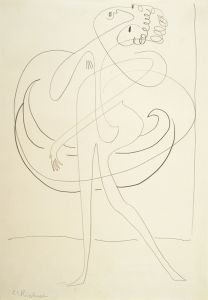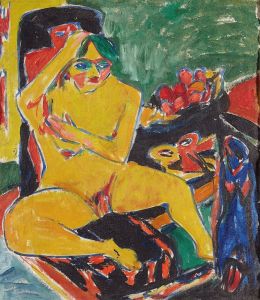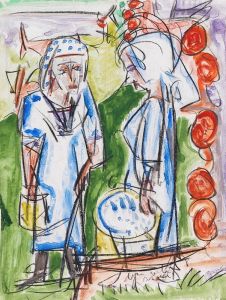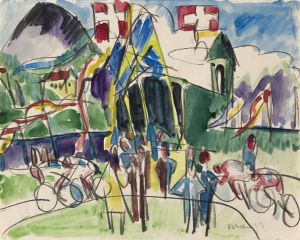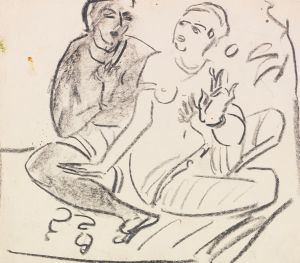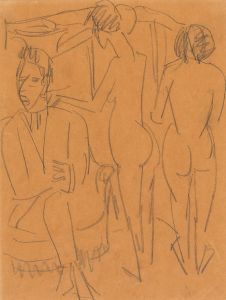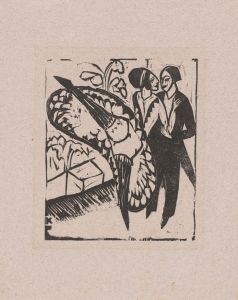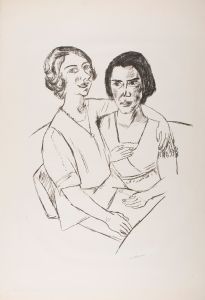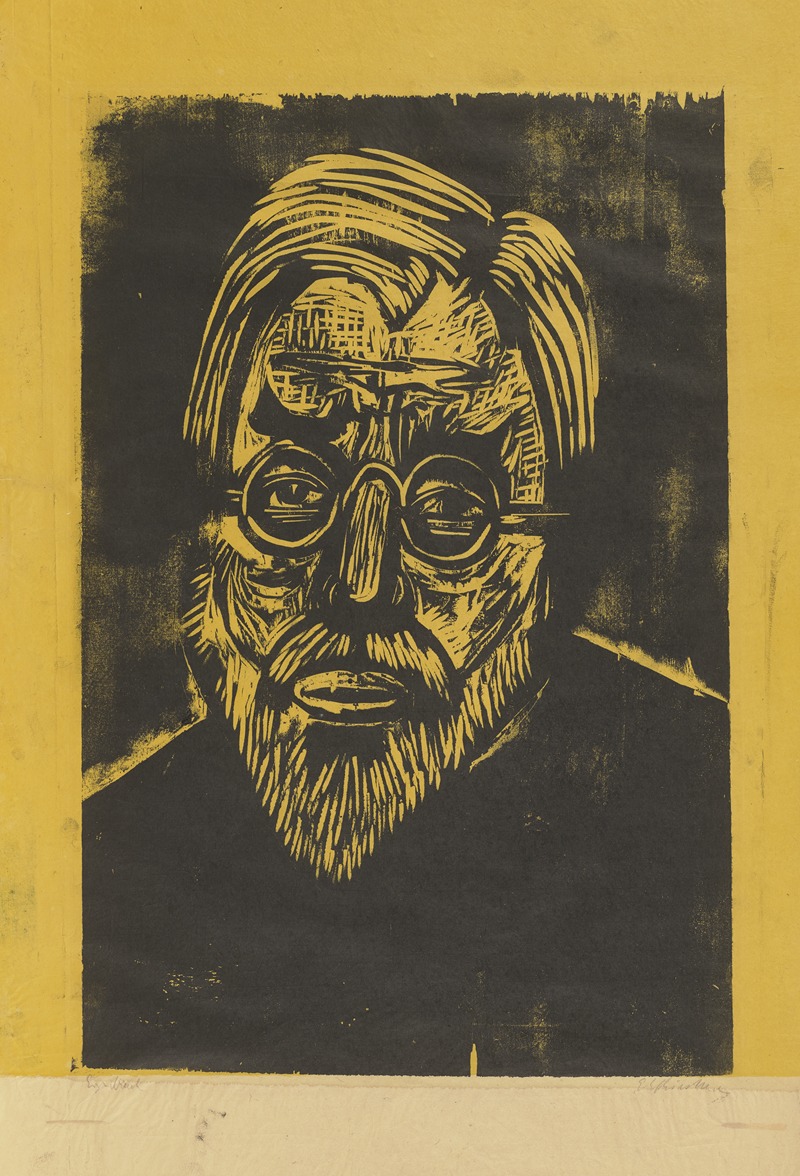
Kopf Jakob Bosshart
A hand-painted replica of Ernst Ludwig Kirchner’s masterpiece Kopf Jakob Bosshart, meticulously crafted by professional artists to capture the true essence of the original. Each piece is created with museum-quality canvas and rare mineral pigments, carefully painted by experienced artists with delicate brushstrokes and rich, layered colors to perfectly recreate the texture of the original artwork. Unlike machine-printed reproductions, this hand-painted version brings the painting to life, infused with the artist’s emotions and skill in every stroke. Whether for personal collection or home decoration, it instantly elevates the artistic atmosphere of any space.
Ernst Ludwig Kirchner was a prominent German expressionist painter and one of the founding members of the artist group Die Brücke (The Bridge), which played a pivotal role in the development of modern art in the early 20th century. Kirchner's work is characterized by its bold use of color, dynamic compositions, and a focus on the human figure, often exploring themes of modernity and the psychological complexities of urban life.
"Kopf Jakob Bosshart" is a painting by Ernst Ludwig Kirchner, created during a period when the artist was deeply engaged with the expressionist movement. The title translates to "Head of Jakob Bosshart," suggesting that the work is a portrait. Jakob Bosshart was a Swiss writer and a contemporary of Kirchner, known for his novels and essays. The connection between Kirchner and Bosshart is indicative of the artist's interest in intellectual and cultural figures of his time, reflecting the broader cultural exchanges that were occurring in Europe during the early 20th century.
Kirchner's portraits are notable for their psychological depth and expressive style. In "Kopf Jakob Bosshart," Kirchner likely employs his signature techniques, such as exaggerated forms, vibrant colors, and bold brushwork, to convey the personality and inner life of the subject. The expressionist approach allows Kirchner to move beyond mere physical likeness, aiming instead to capture the essence of Bosshart's character and the emotional resonance of the moment.
The painting is part of Kirchner's broader body of work that often includes portraits of friends, fellow artists, and cultural figures. These works are not only significant for their artistic merit but also for their documentation of the social and cultural milieu of the time. Kirchner's portraits serve as a window into the intellectual circles of early 20th-century Europe, highlighting the interconnectedness of artists, writers, and thinkers who were shaping the cultural landscape.
Kirchner's style was heavily influenced by various sources, including African and Oceanic art, which he encountered through ethnographic museums and collections. This influence is evident in his use of simplified forms and strong, contrasting colors, which can also be seen in "Kopf Jakob Bosshart." The painting reflects Kirchner's interest in primitivism and his desire to break away from traditional European artistic conventions, seeking instead a more direct and emotional form of expression.
Throughout his career, Kirchner faced numerous challenges, including the impact of World War I and the subsequent political and social upheavals in Germany. Despite these difficulties, he continued to produce a significant body of work that has left a lasting impact on the art world. Today, Kirchner is celebrated as one of the leading figures of German expressionism, and his works are held in major collections around the world.
"Kopf Jakob Bosshart" exemplifies Kirchner's ability to blend personal expression with broader cultural themes, making it a valuable piece for understanding both the artist's oeuvre and the context in which he worked. The painting remains an important example of expressionist portraiture, showcasing Kirchner's innovative approach to capturing the human experience.





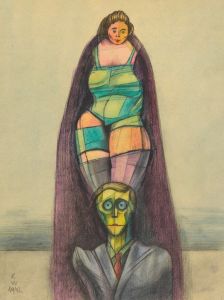
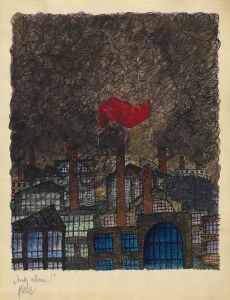
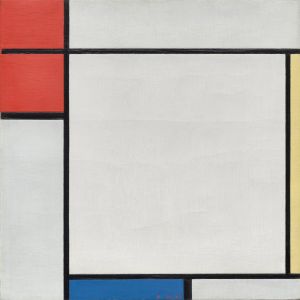

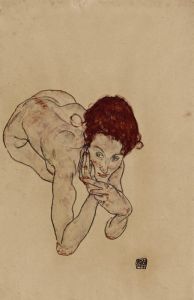
![Designs for theater with black-framed proscenium and boldly colored settings.] [Study for stage light wall decoration, possibly for Caf ̌Crillon](/imgs/249424/s/winold-reiss-designs-for-theater-with-blackframed-proscenium-and-boldly-colored-settings-study-for-stage-light-wall-decoration-possibly-for-caf-crillon-15a7fdab.jpg)
